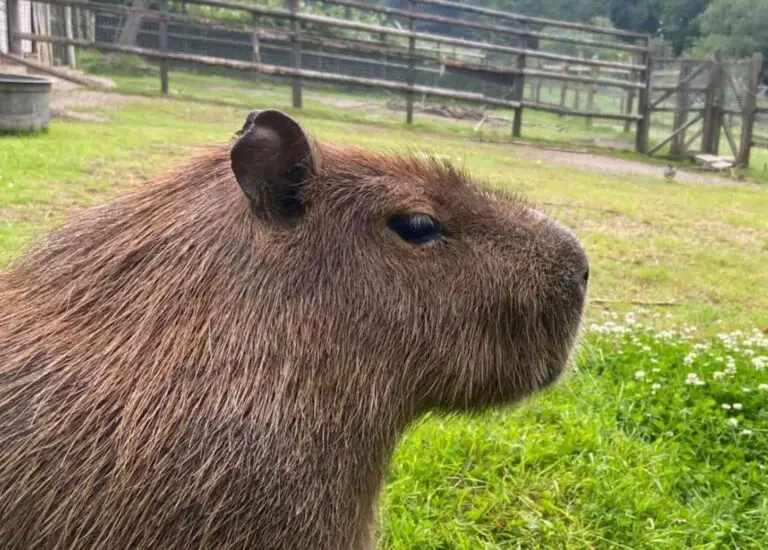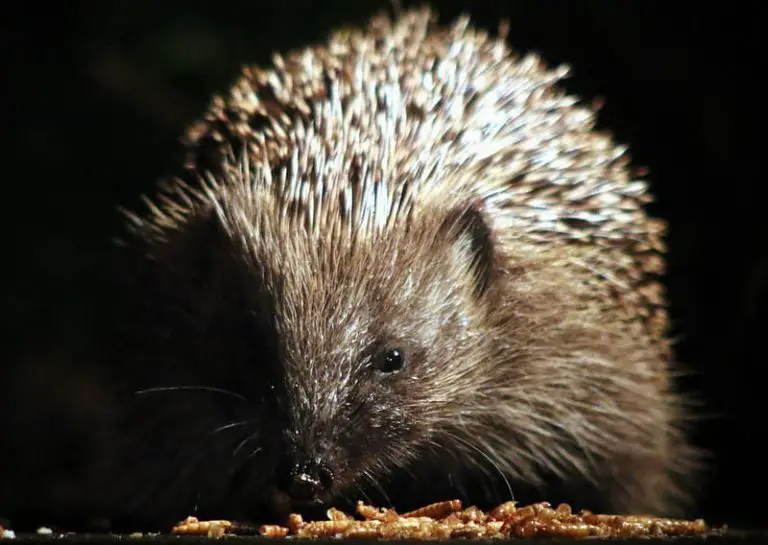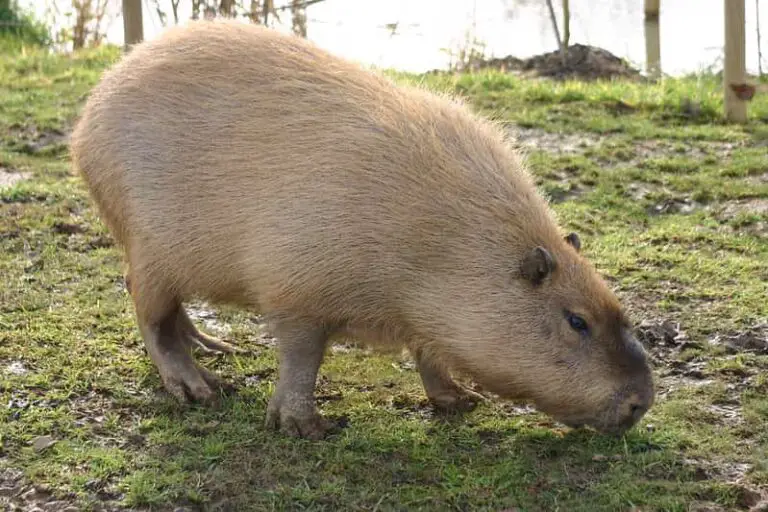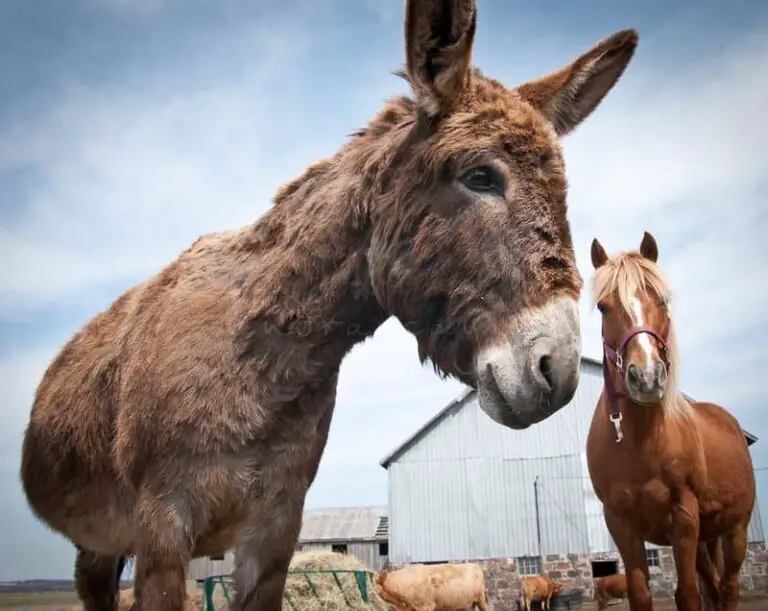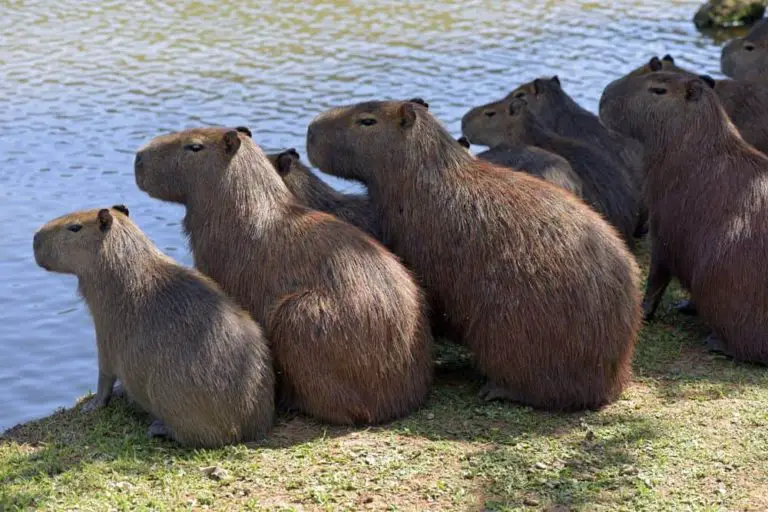How Do Squirrels Crack Nuts? (Solved)

Personally I love walnuts, they are crunchy but have such a mild flavor, at Christmas they used to give me big bags of walnuts, the only problem was being able to crack the nuts.
I would smash them on the floor, bite them, squeeze them with pliers, crush them with a stone, it was a titanic battle to crack a nut, so much so that I gave up eating them.
So, I wonder, being nuts an essential food for squirrels, how a squirrel being such a small animal likes nuts so much? how can they crack nuts?
It turns out that squirrels have a special configuration in their teeth that allows them to use them as leverage to crack nuts. Squirrels have a split lower jaw so they can spread their incisor teeth 2-3 mm apart to crack the nut.
To accomplish this, they grasp the hazelnut or nut with their two paws and seek a position where they can safely crack the nut. Occasionally they succeed in cracking a nut in half.
In the process, the squirrel will usually gnaw a little until a hole is made and they can crack the nut open with their lower incisors.
How squirrels use their teeth to open nuts
To figure out exactly about the way squirrels are able to crack nuts, it is necessary close observation of the small rodent’s teeth. And there is a surprising fact: incredible as it may seem, the squirrel has 22 teeth.
The average squirrel’s dental structure has one incisor tooth , four upper molar teeth, one lower molar tooth and three molars, in every half of its jaw. There are no canine teeth in the squirrel. This makes a separation of incisors and molars.
Tooth shape: the curved, elongated incisor teeth of the upper and lower jaw are anchored profoundly into the mandible and thus highly resistant to fracture. They are covered with hard enamel on the exterior, and on the inner part they are formed by much softer dentin.
Those dental incisors have a chisel form and are closely spaced. During gnawing, the teeth are subject to friction that produces wear, resulting in a cutting edge on the front margin.
A unique characteristic feature of the incisor teeth is that they re-grow over and over from the root, up to 10 cm per year. Consequently, they need to be regularly “rubbed” with food.
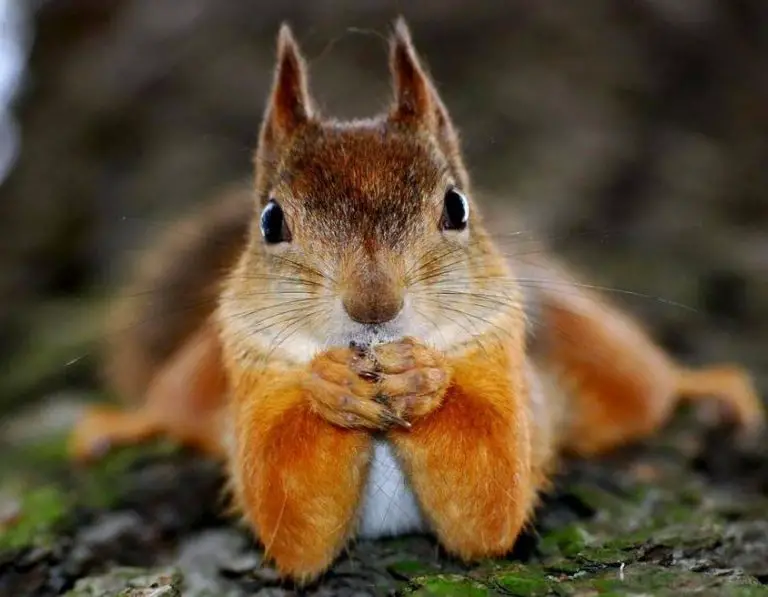
Lower flexible jaw used for nut cracking
The squirrel has a partitioned underjaw, that is the two lower jaw halves are highly mobile in relation to each other, meaning both lower teeth incisors may be 2-3 mm separated from each other.
This feature is used by the squirrel to crack open nuts. It will first chew a nut until a little hole has been drilled in one spot. Subsequently, squirrels utilize their teeth to break apart the nut and thus fracture the shell.
The incisor teeth are then employed to extract the nut from the shell as if using a pair of small pliers.
Squirrels yellow and discolored teeth are also remarkable. However, such a thing is not related to improper care and maintenance, as squirrels are particularly careful in this regard.
To get their teeth cleaned, squirrels often chew on branches first and then throw back their heads. Fibers from the plant slip through the teeth like dental floss to make them clean. In the case of a squirrel with white teeth, this signals a lack of minerals.
Understanding the importance of squirrels cracking nuts
The incisors of squirrels lengthen by up to 10 cm per year, they grow back continuously and to a considerable length that cannot be ignored.
Normally, they coordinate wear and regrowth with precision, so they are always of about the same length.
It is very important for the squirrels to continue gnawing on hard surfaces. For this reason, it is best to regularly rub the teeth by breaking nuts or by gnawing on some pine cones.
If the squirrel feeds on something too soft and the teeth are neglected, further growth of the teeth could cause the squirrel’s skull to be perforated. Incisor teeth grow forward and upward out of the oral cavity and will become totally unusable.
The upper incisor teeth eventually curve in on each other and can grow out of the oral cavity and close the snout. Then the squirrel cannot feed any longer and eventually perishes.

Which nuts are ideal for squirrels?
The top nuts for squirrels are walnuts, hazelnuts, beechnuts, acorns and pine nuts. They are hard to the point at which the squirrel needs plenty of ” labor” for rubbing its canine teeth on them.
In contrast, peanuts are very soft and, for this reason, it is not recommended feeding them. Almonds are not suitable for squirrels at all: these seeds are poisonous to small rodents and are hydrogen cyanide-containing.
In addition, both peanuts and almonds are commonly polluted with harmful sulfur-containing mold spores (aflatoxins).
To help squirrels find enough to eat and dispose of nuts, ensure that you always supply only shelled nuts.
Squirrels act intelligently with the nuts
Knowing how to open nuts is not the only display of squirrel intelligence and skill with this food, squirrels are accustomed to collecting nuts and seeds during the fall and burying them in the ground or hiding them in their nests.
When winter comes, the squirrels find the buried nuts and seeds and eat them. Scientists have learned that some squirrels are very clever in how they hide their food and even hide fake nuts.
To protect their food from other animals, squirrels dig holes but don’t bury anything there. They only pretend so that the other animals think there is something buried.

